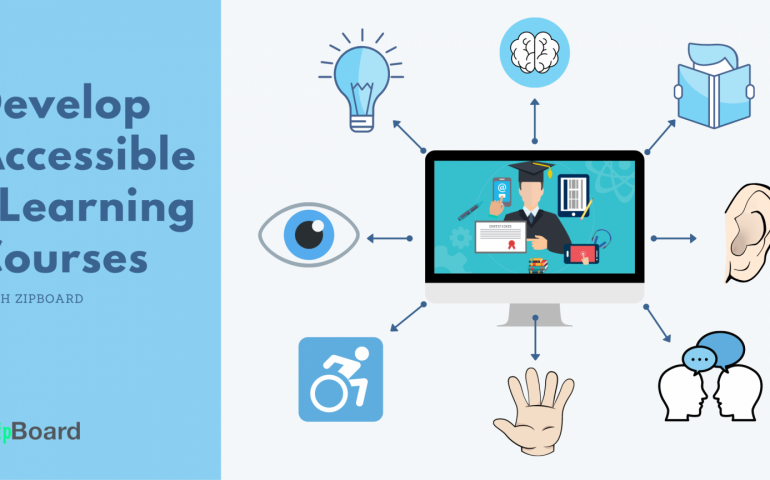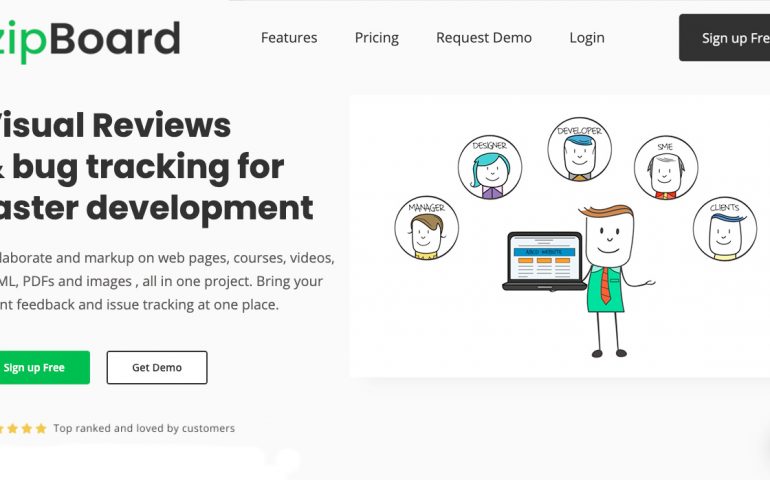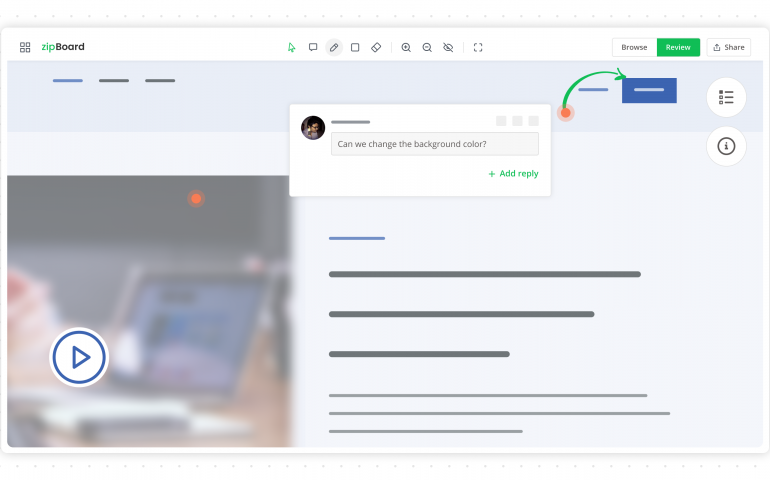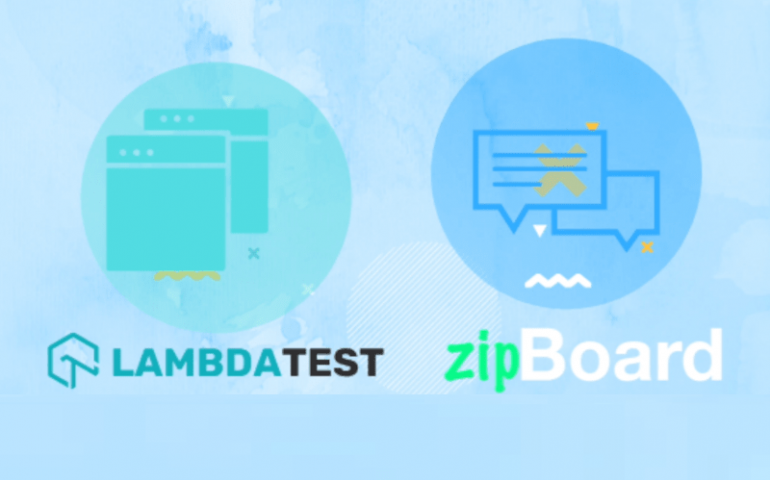04 Jan

eLearning Development Process & a Complete Overview
The eLearning development process involves many moving parts and pieces and when you look at the complete process as a whole, it isn’t uncommon to feel like giving up. However, if you think of an eLearning development process as collaborative work with the load shared with multiple collaborators then you are one step closer to
30 Oct

Remote Quality Assurance Testing: The New Normal During Covid-19.
Covid-19 has pushed most of the businesses to switch to remote working culture and the software development enterprises were no different, despite the change in working conditions, development teams couldn’t afford losing productivity and hence switching to remote working tools for QA testing was their best bet.
05 Oct

Using Agile methodology for eLearning course development
More and more eLearning professionals are inclining towards making their process and their team agile.
25 Sep

Designing Accessible eLearning Courses
Create accessible eLearning content that complies with WCAG standard guidelines and 508 compliance. Accessible eLearning development is important to provide a complete learning experience to users with disabilities.
28 Aug

The Most Popular 45+ Web Tools in 2025
Innovation in web development is evolving rapidly every year. 5 to 10 years ago no one would have thought that we would be able to build powerful web applications in the browser as we are able to do today. Back in those days, people would use software installed on their local computer or laptop to
04 Aug

eLearning Quality Assurance Checklist with use cases and examples
eLearning QA checklist for evaluating online eLearning content. With use case scenarios and example for every assessment.
09 Jul

Why zipBoard for bug tracking?
Why zipBoard? Get every stakeholder to share their feedback quickly through annotated screenshots and online videos with zipBoard. 1. Share feedback using visual tools Now you can gather feedback from clients, without them having to leave the content that they are reviewing. Clients explain better with screen casting and visual annotation tools to highlight issues.
17 Oct

LambdaTest zipBoard Integration: From Real-Time Browser Testing To Bug Tracking
Developed by LambdaTest team, the integration means you no longer have to attach your browser testing screens in email or Skype calls to share with the dev team for fixing. You can easily move your annotated screens in LambdaTest to tasks on zipBoard in a few clicks.
10 Jan

How the Cloud Complicates Data Quality (and How You Can Fix It)
With the advancement of technology, cloud computing has been able to make a mark in numerous companies worldwide. It has got an array of benefits but it also has its downsides. There are specific challenges for data quality that arise when data, as well as the data applications, move around in the cloud and in

